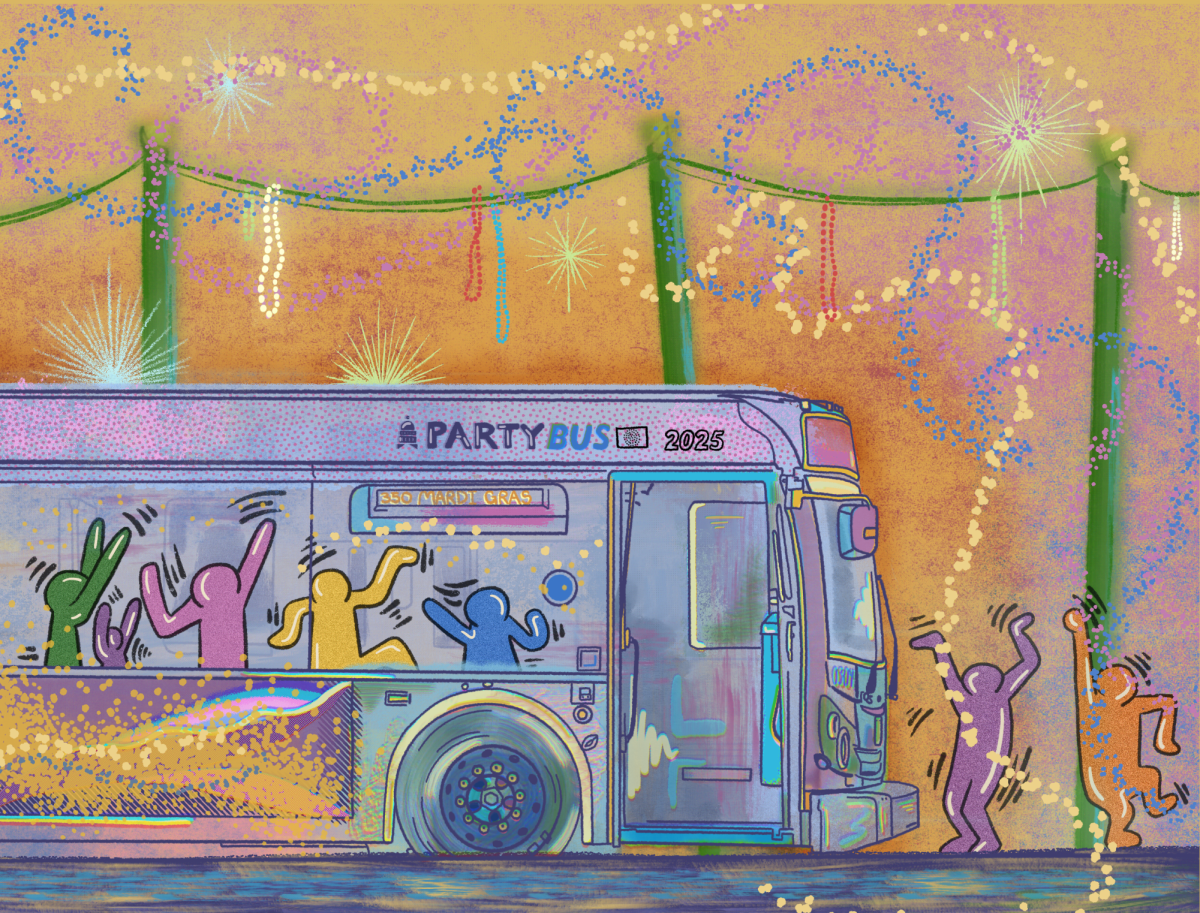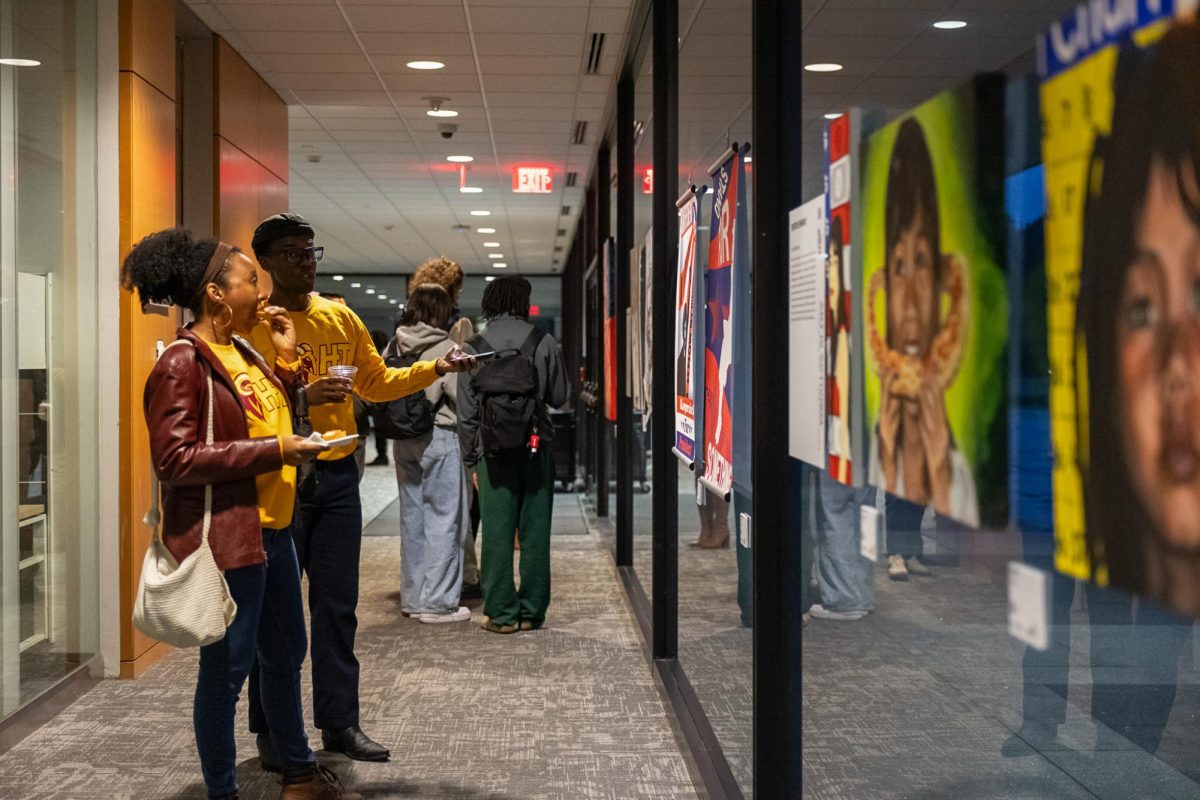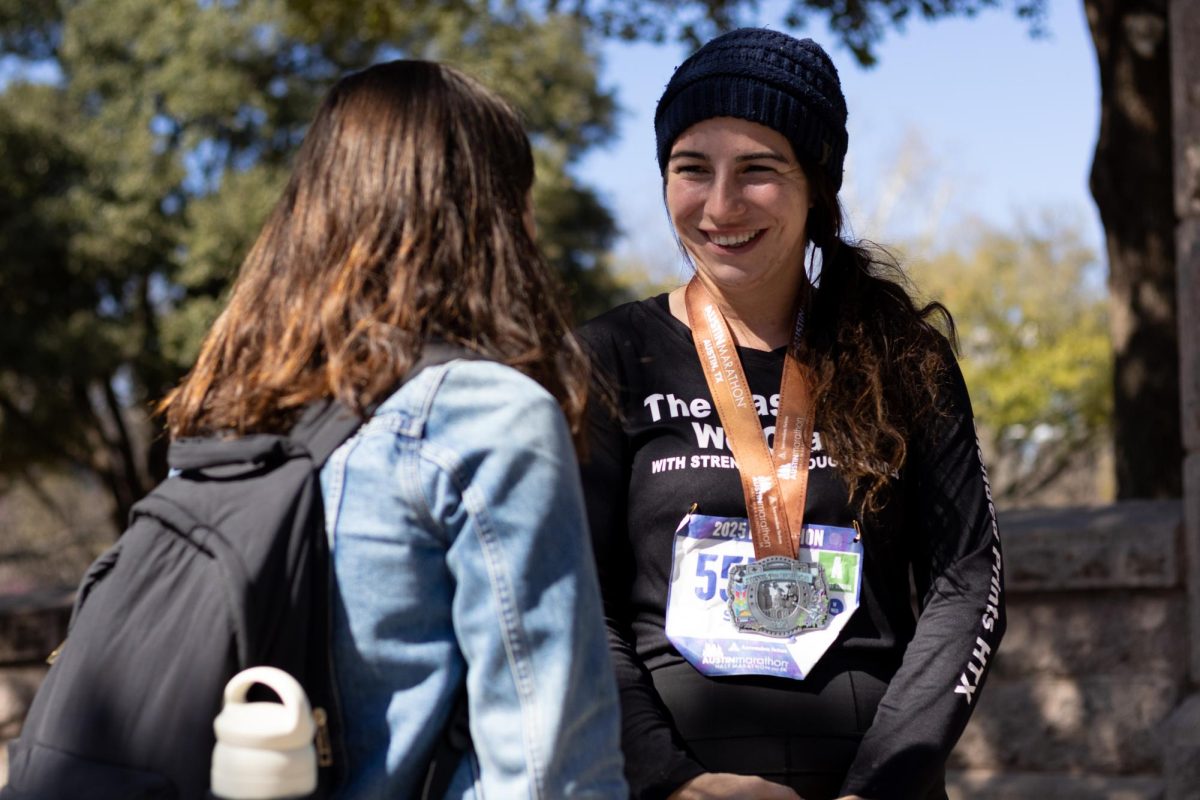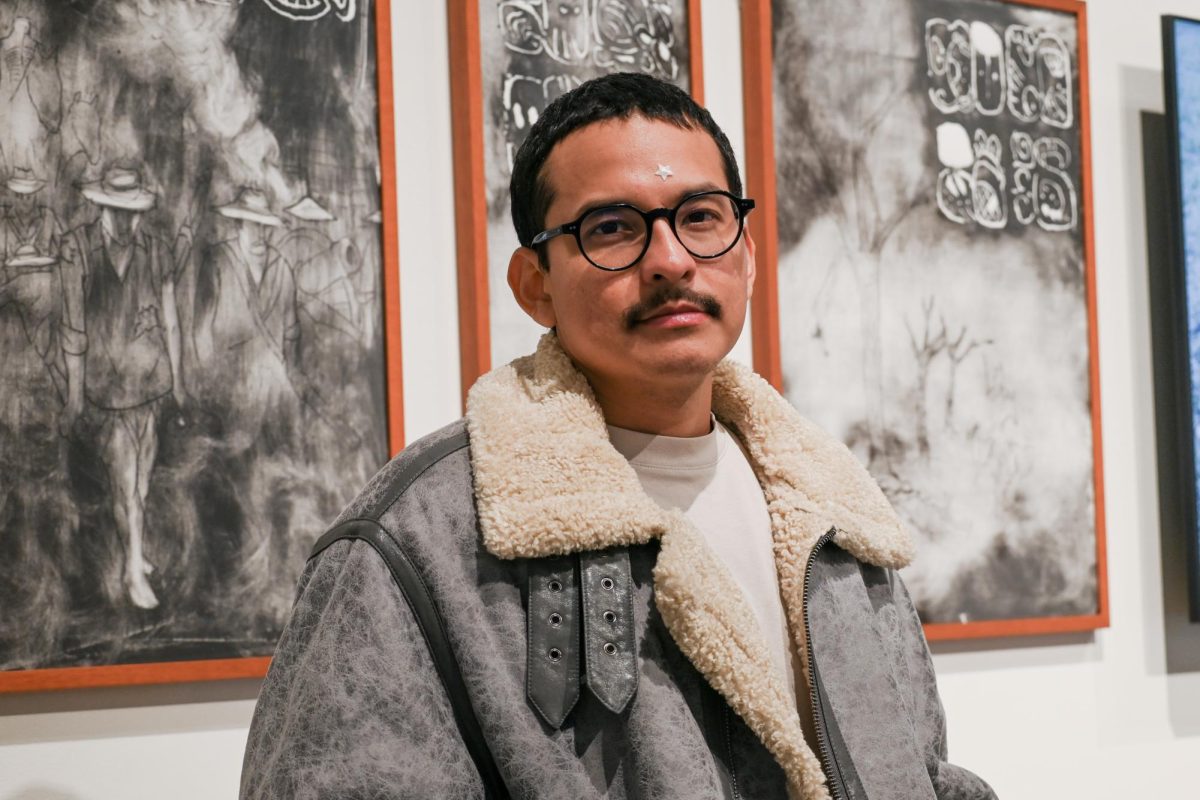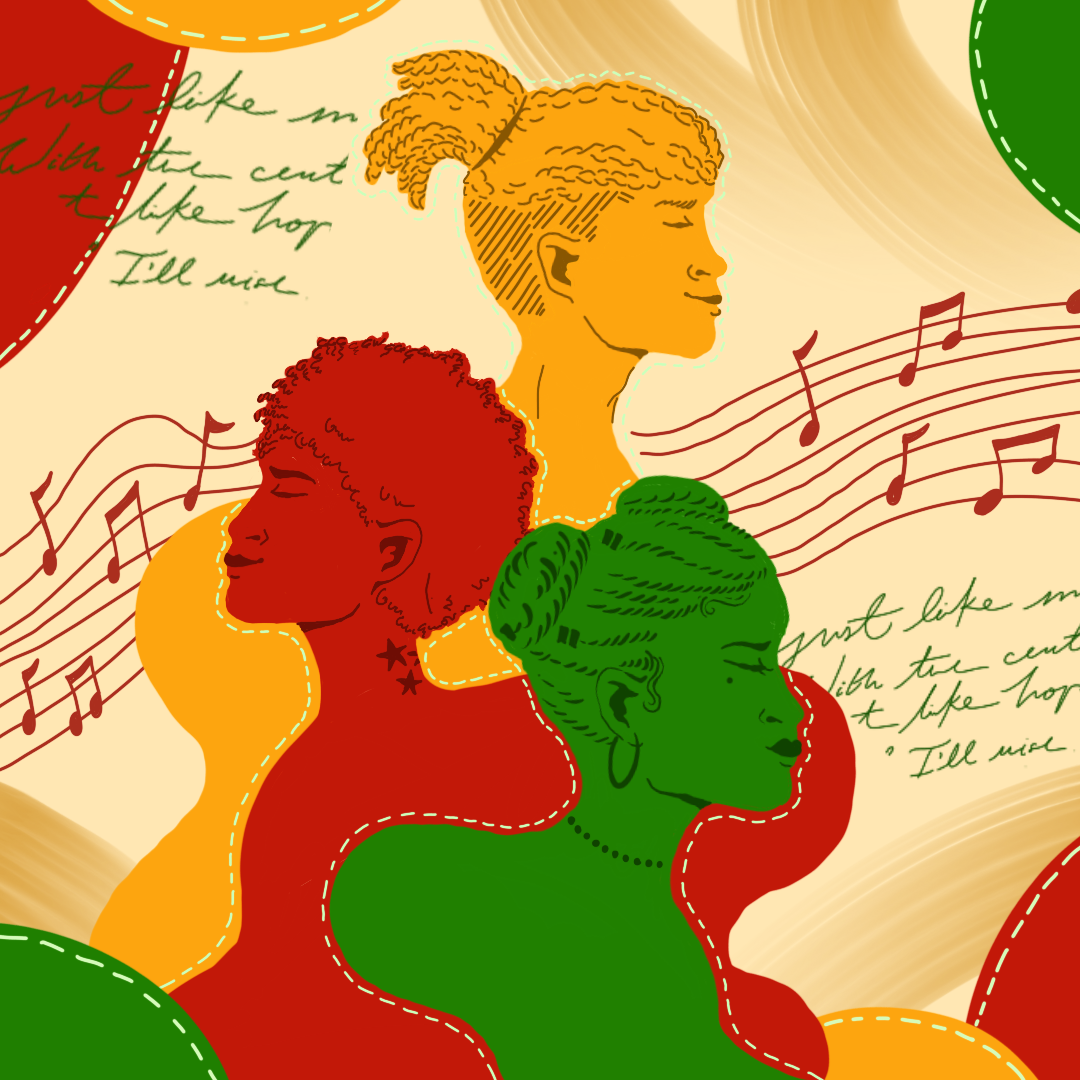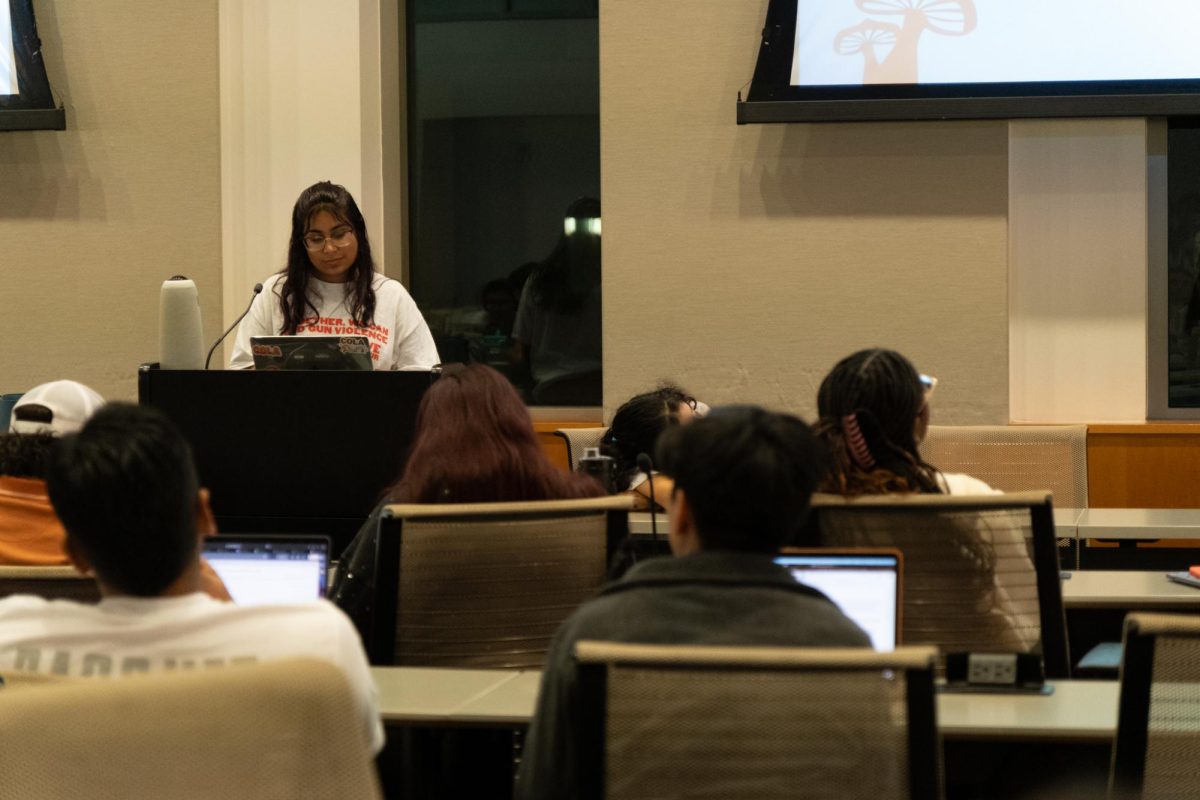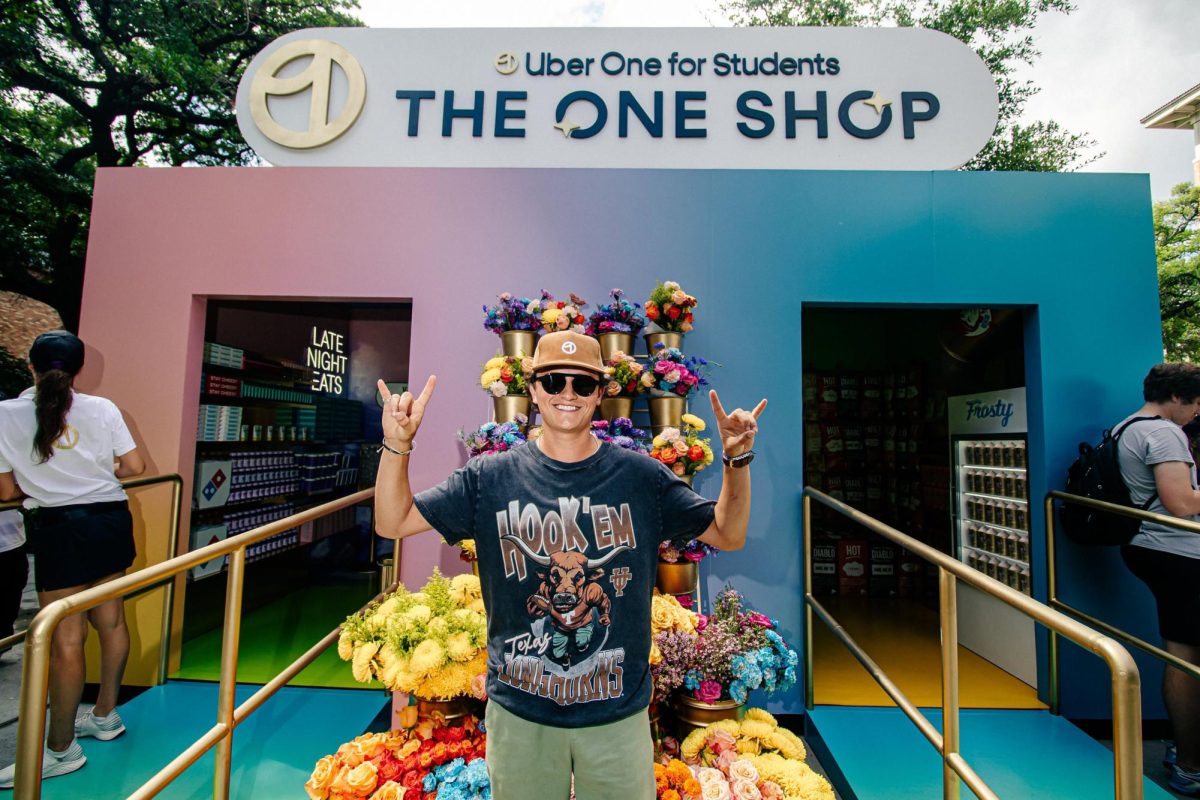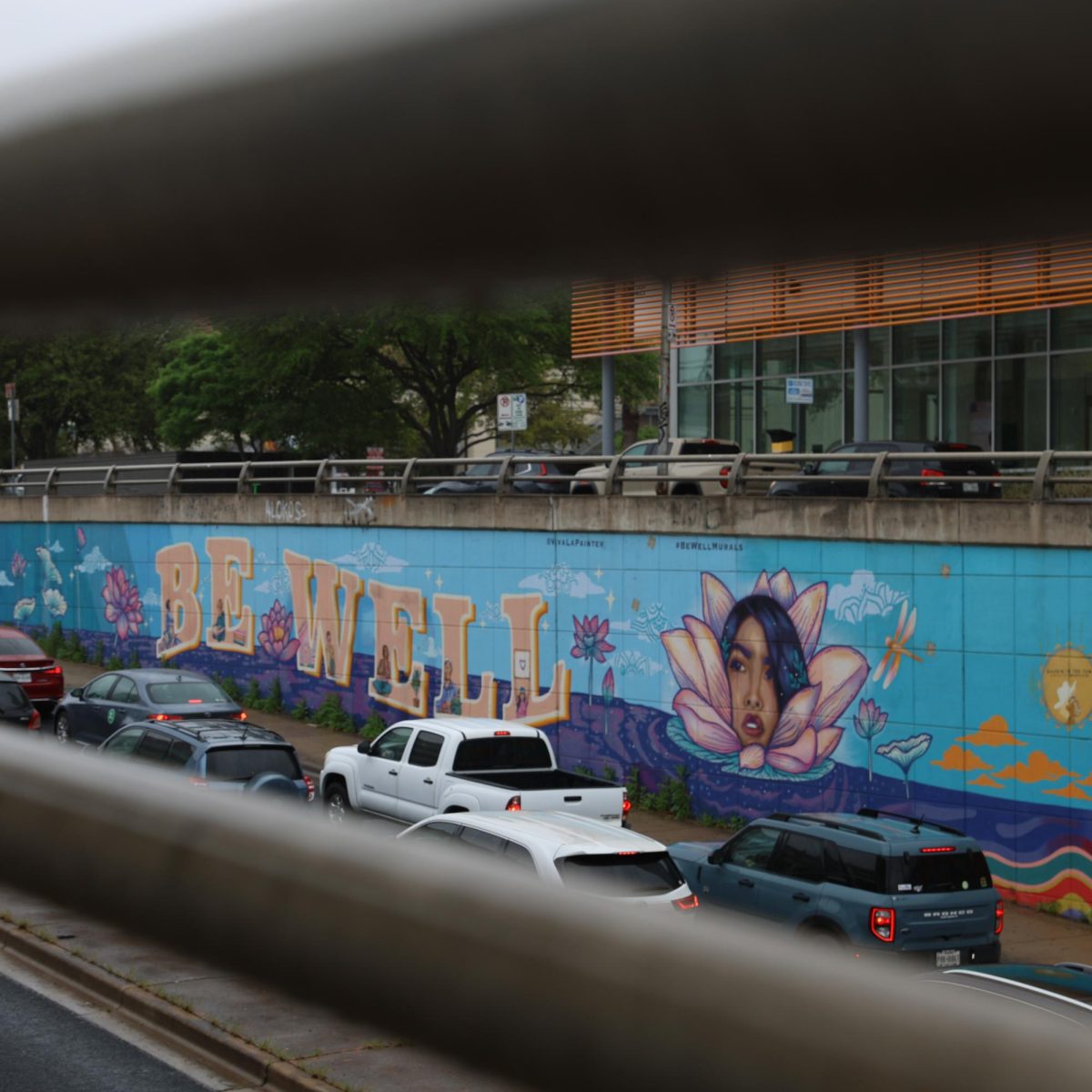A Brazilian art exhibit, “Social Fabric: Art and Activism in Contemporary Brazil,” premiered at UT’s Visual Arts Center two years ago. Referencing the exhibit, the curators produced the first English book-length research piece on activism in Brazilian art. Now available for free in Portuguese, the book caters its research to an audience with a scope larger than that of small art centers or university programs.
Despite the center’s small size, the exhibit featured 10 contemporary artists whose pieces highlighted Brazilian activism. After it continued to gain traction, the exhibit moved to the Museum of Contemporary Art of the University of São Paulo in Brazil in 2023 and Tower Books published a catalog detailing the exhibit’s underlying research and interviews from some of the featured artists. The catalog with the same name as the exhibit set a higher standard for university-level art research.
“(The artists are) delighted … ” said art history associate professor Adele Nelson, who helped curate the exhibit and produce the book. “They are very happy that the publication centers their work both in English and Portuguese (because) it’s going to be available for researchers in both languages.”
The exhibit and catalog gave contemporary artists a platform to showcase their art outside Brazil. Nelson’s former thesis student Maria Emilia Fernandez, who served as a curatorial assistant for the exhibit and helped with the book, took inspiration from many of the artists.
“I was attracted (to) the work of Aline Motta. … She had a way of approaching very sensitive subjects in a way that was nuanced and not didactic but also not afraid of being beautiful,” Fernandez said. “Also, the work of Castiel Vitorino Brasileiro. I ended up writing my thesis on the work of both of them. The installation (Brasileiro) created for the exhibition was truly like visiting another planet.”
The artists’ works each focus on highlighting how historical politics and power structures in Brazil influenced its culture and how communities heal from oppression, with some centered around Black, LGBTQ+ and Indigenous communities. Nelson, Fernandez and the exhibit’s other curator and former center director, MacKenzie Stevens, brought industry museum art experience to the “Social Fabric”, aiding their ambitions to scale the project.
“We (all) knew how to make a book and what the nuts and bolts were, so leaning on that expertise and skill we knew we could pull it off,” said Stevens, who worked with Nelson at The Museum of Modern Art.
The team also used university research resources and outside contractor aid to accomplish the catalog rather than completing the project in-house like a larger museum. In doing so, they exemplified how far university art research can go from the experience benefit of students and from readers outside the University.
“(A) lesson from (the project) is for faculty to think about how to connect our teaching to our research in a way students get to participate in,” Nelson said. “Something so fulfilling for me was organizing my graduate seminars around this exhibition and really learning with, but also from, the students. They kept us from making a lot of mistakes.”



